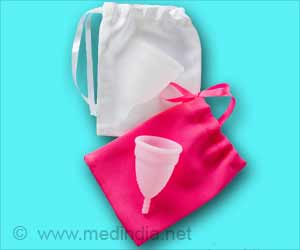In recent years, caesarean section rates are steadily increasing globally causing widespread concern.

On the other hand, providing prenatal education and support programs, computer patient decision-aids, decision-aid booklets and intensive group therapy to women have not been shown to decrease Caesarean sections effectively. Likewise, insurance reform, legislative changes, external feedback to doctors on their performance and training of public health nurses to provide mode of delivery information in childbirth classes do not decrease caesarean section rates.
These were the findings of a systematic review carried out by researchers in Thailand and Australia and published in The Cochrane Library.
"Around the world more and more women are opting to deliver their babies by a Cesarean section rather than have the discomfort and perceived greater risk of a standard vaginal delivery," says study leader Suthit Khunpradit, who works in the department of Obstetrics and Gynaecology at Lamphun Hospital, in Thailand. He points out that while reported Caesarean section rates vary, studies have shown that in England, Scotland, Norway, Finland, Sweden and Denmark Caesarean section rates rose from around 4% to 5% in 1970 to 20% to 22% in 2001. Furthermore, in 1997 up to 40% of women in Chile opted for a Cesarean section and current figures show that 46.2% of deliveries in China are by Caesarean section.
"In 1985 an expert panel of the World Health Organization suggested that you could expect up to 15% of women to benefit from a Cesarean section, but if more were having them, then many were unnecessary," says Khunpradit.
While it can be a life-saving procedure for both the mother and the unborn child, Caesarean sections are also used in situations when neither the mother nor the unborn child has a greater risk of complications than the rest of the peripartum population. Caesarean section itself has risks, including maternal infections, haemorrhage, transfusion, other organ injury, anaesthetic complications and psychological complications. "In some settings, maternal mortality associated with caesarean section has been reported to be two to four times greater than that associated with vaginal birth," says Khunpradit.
Advertisement
Advertisement









